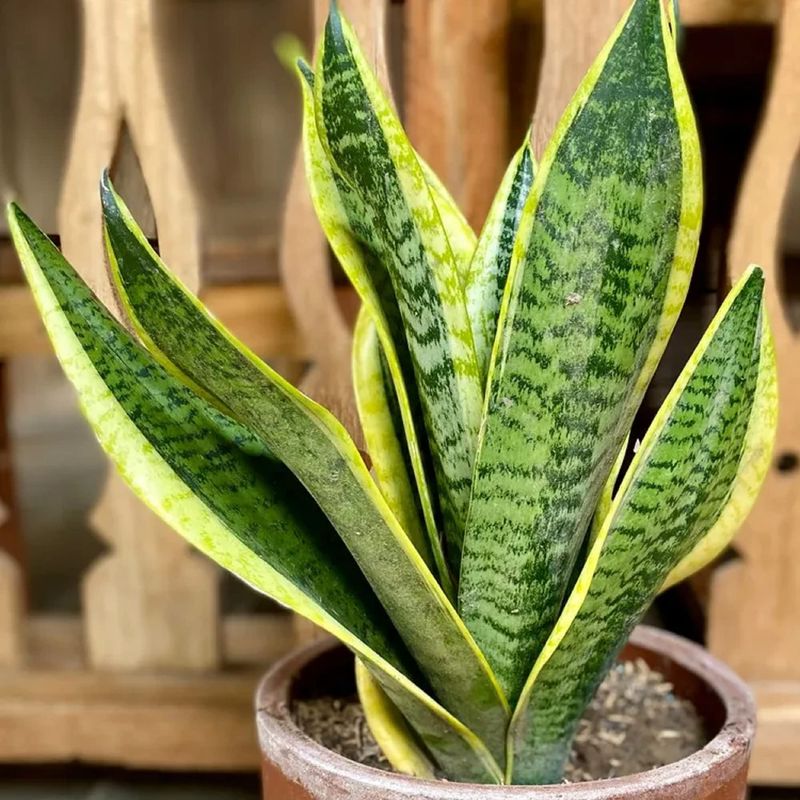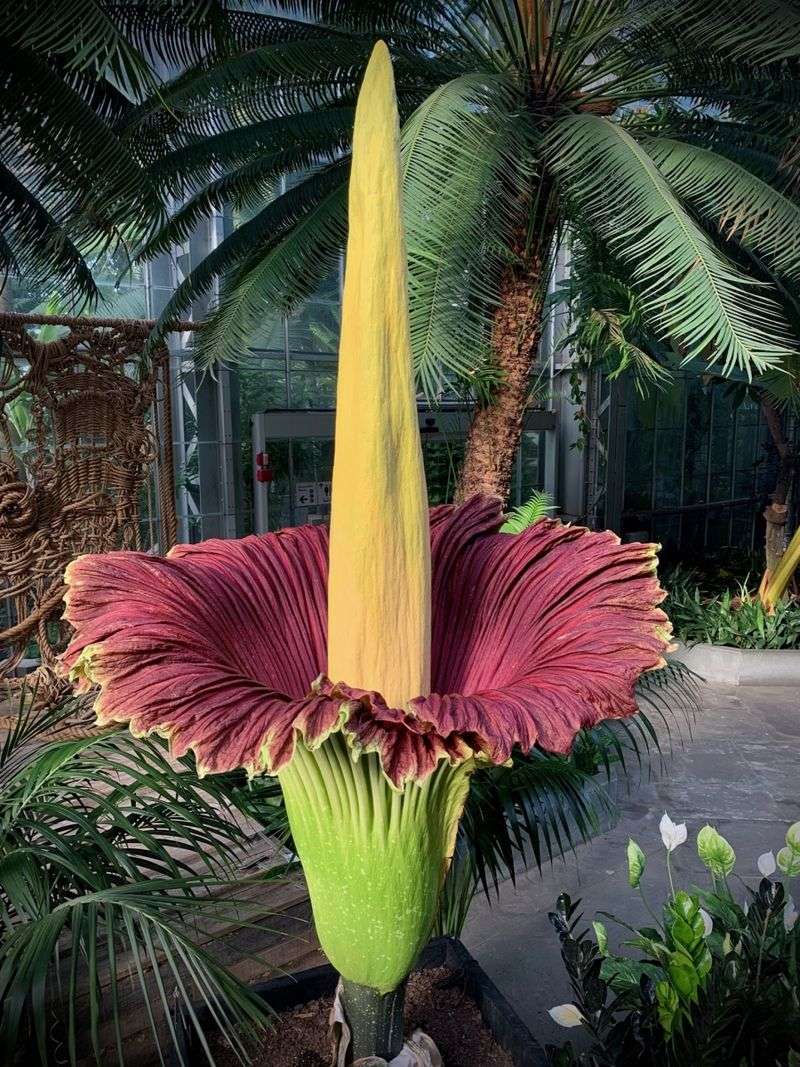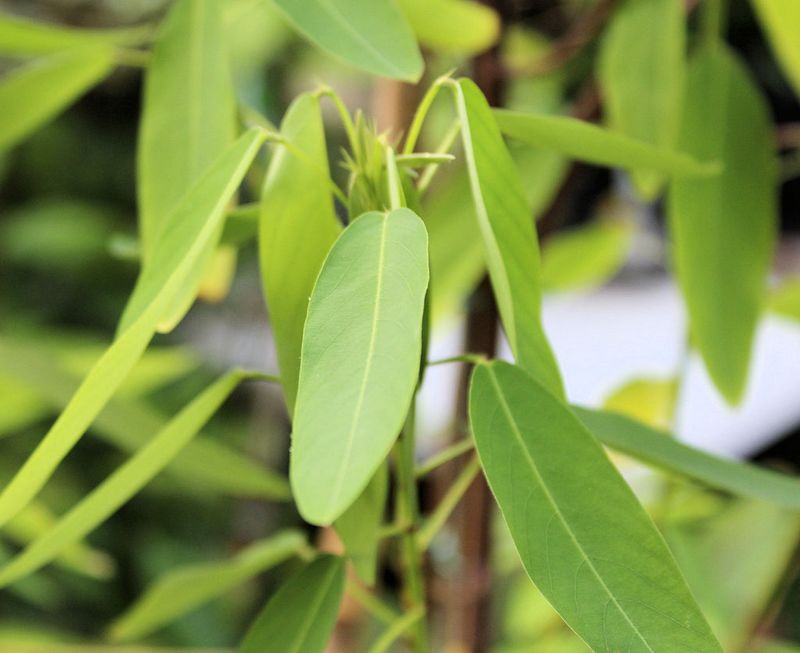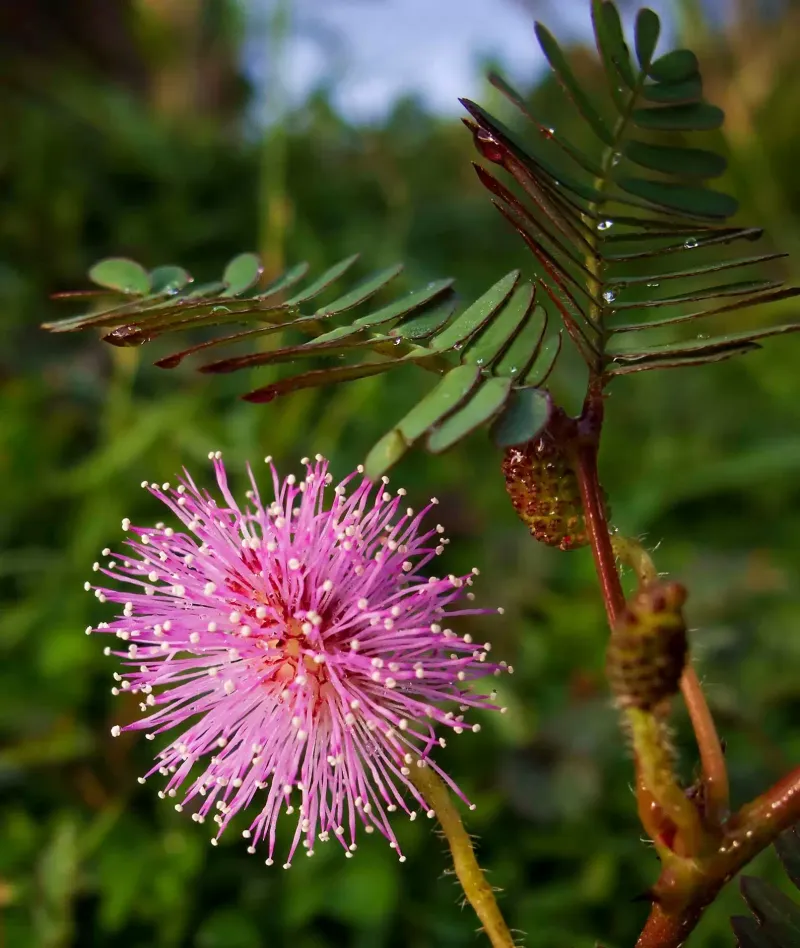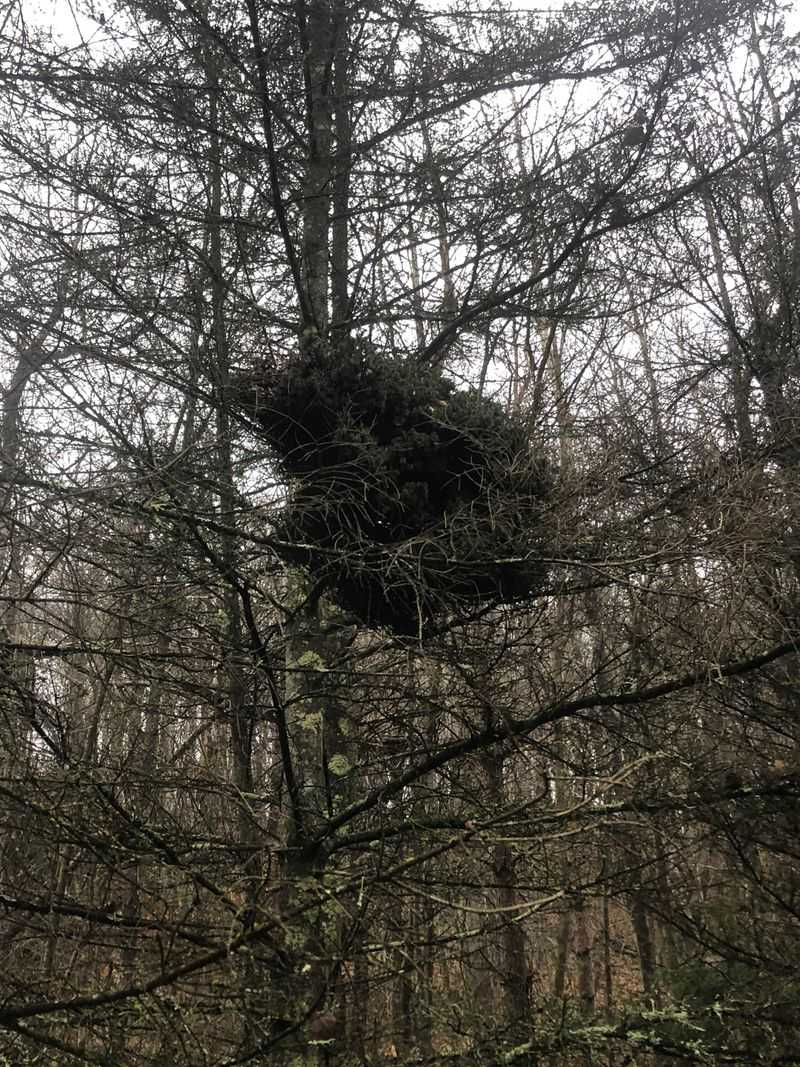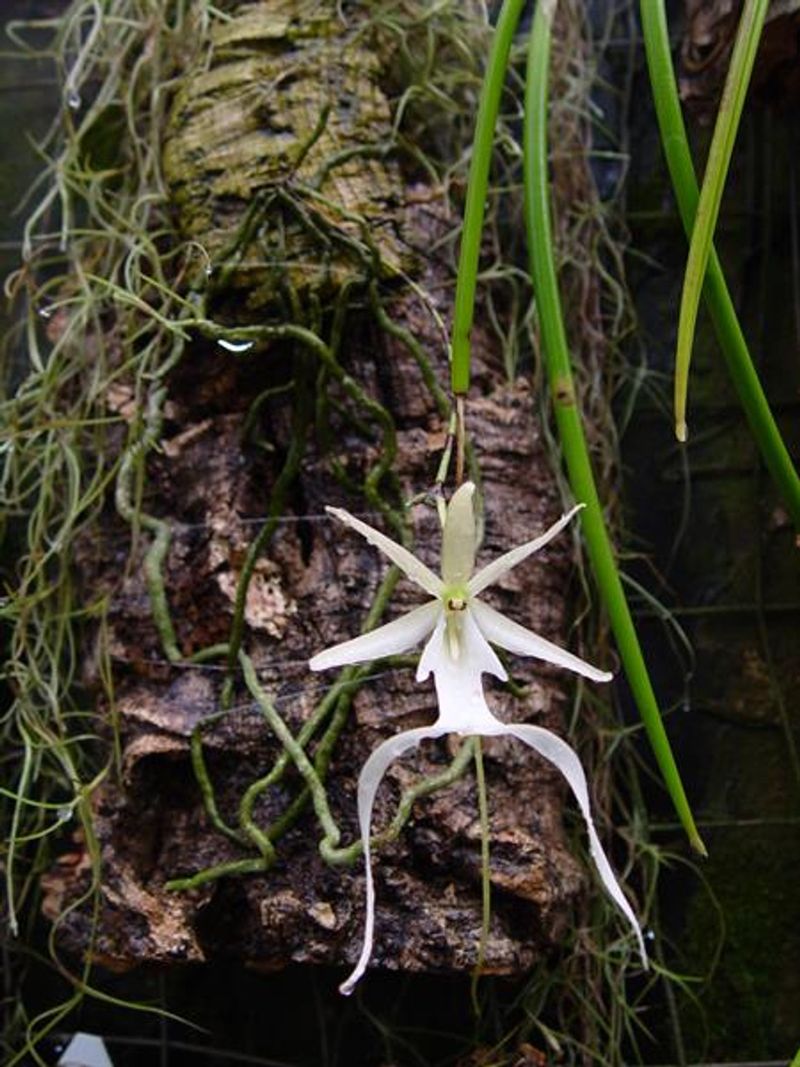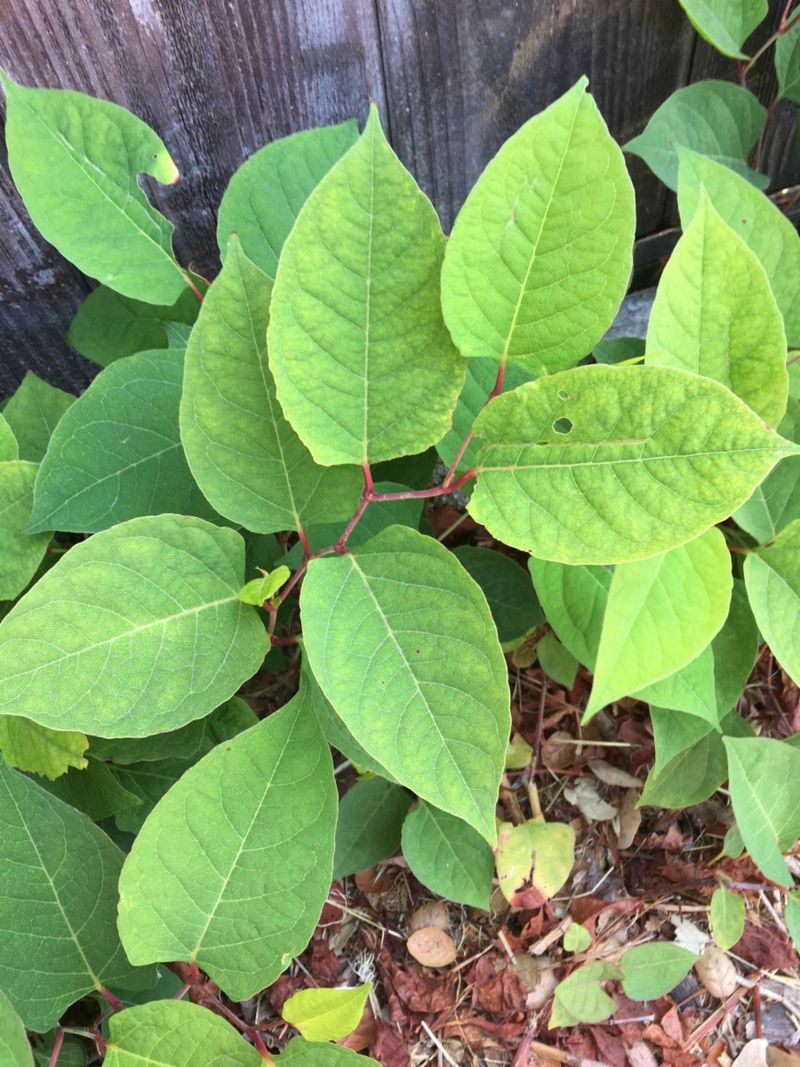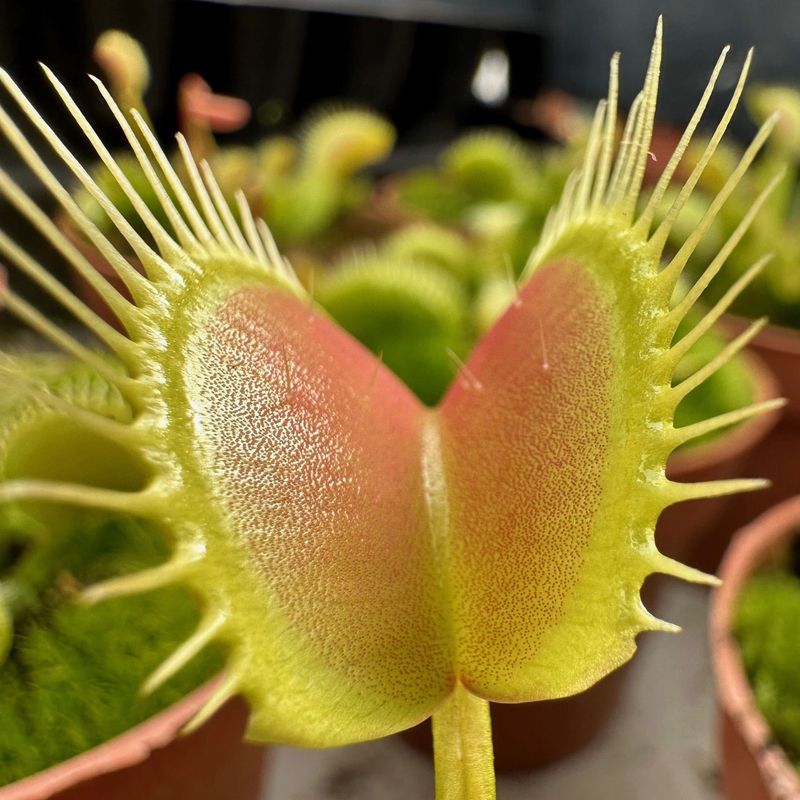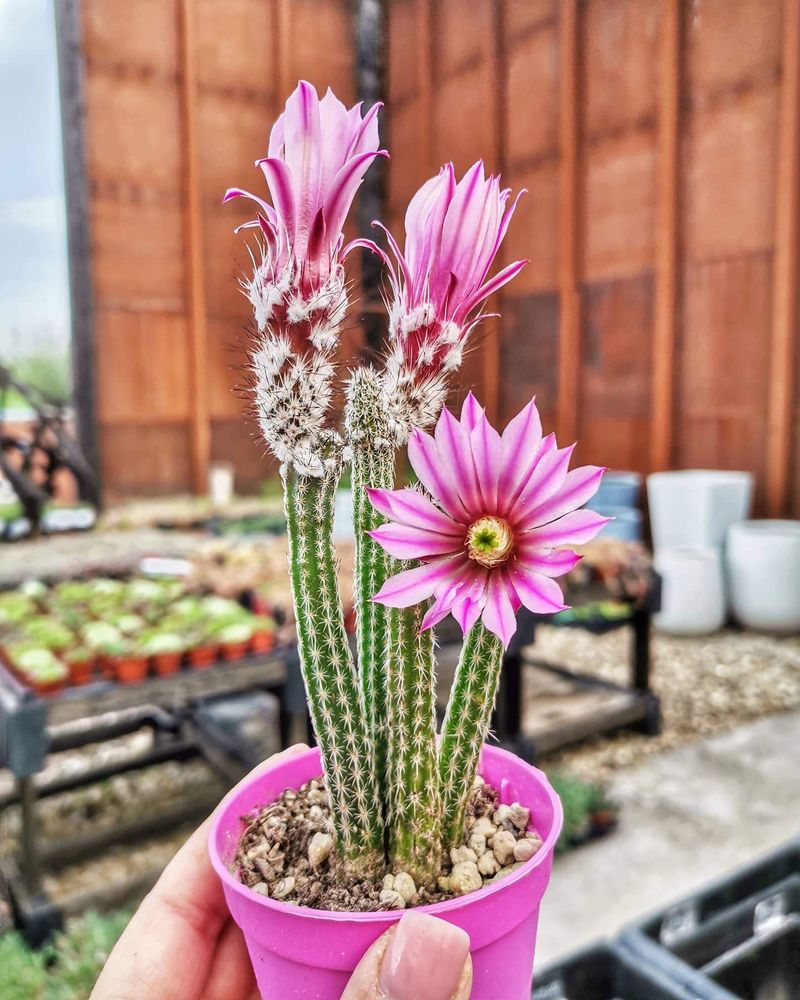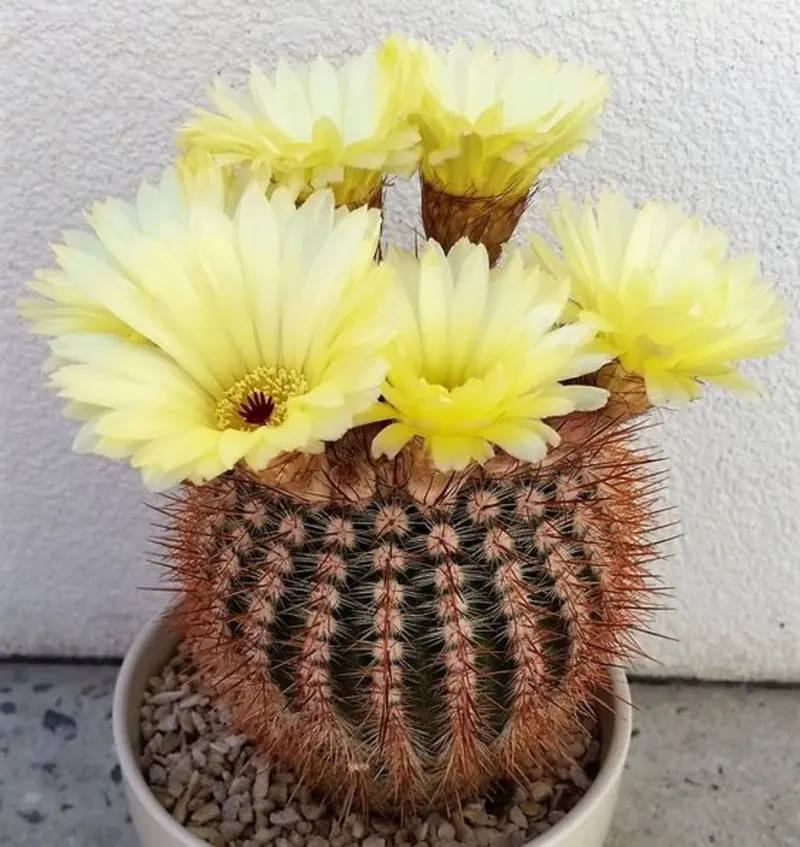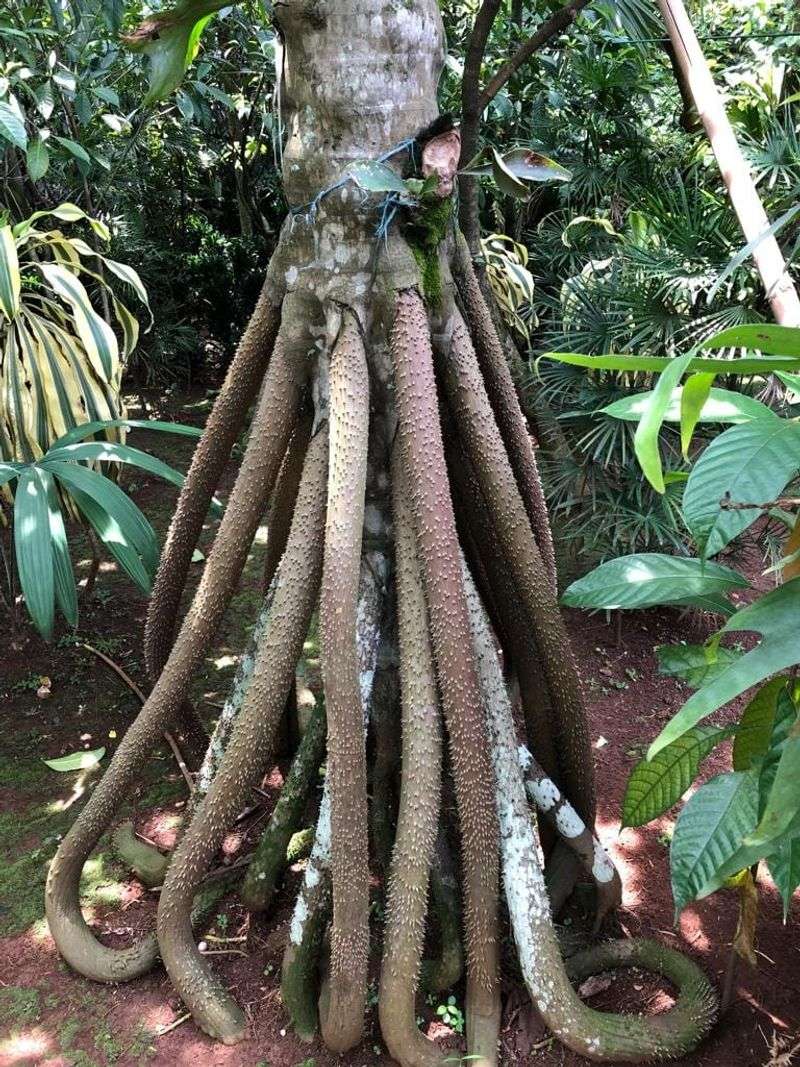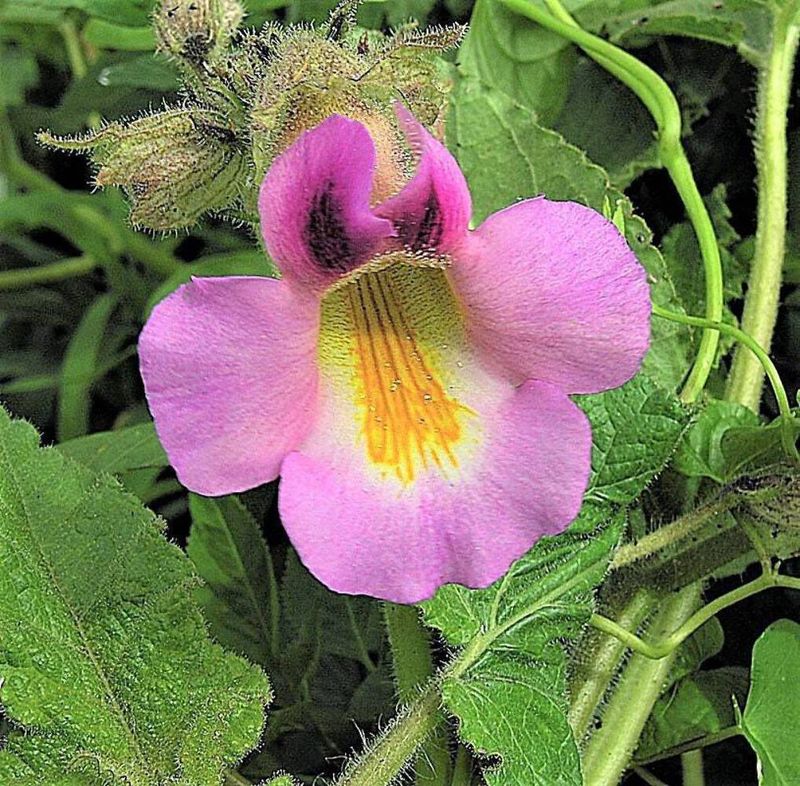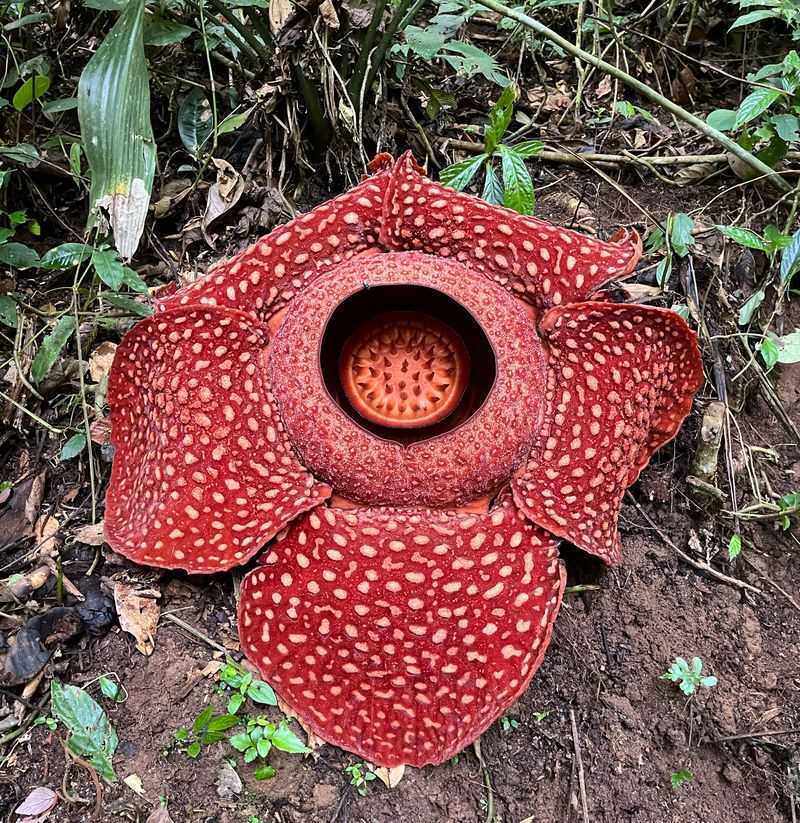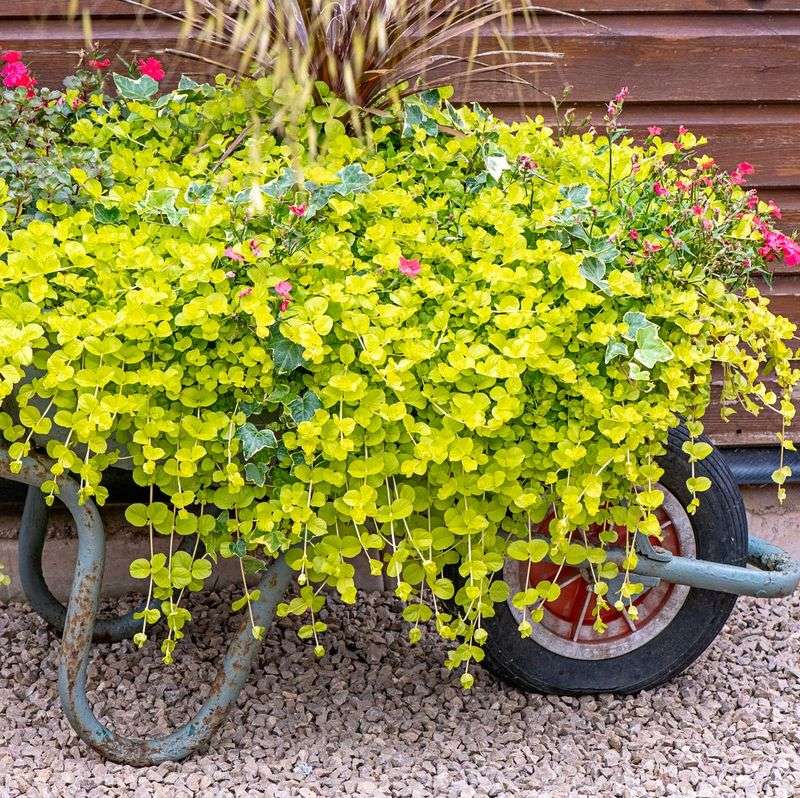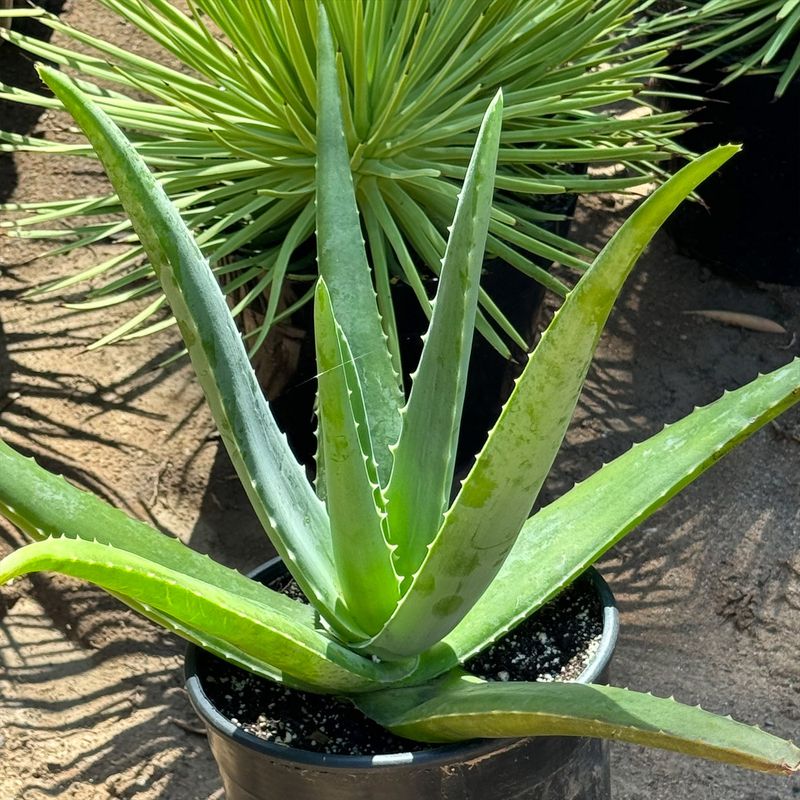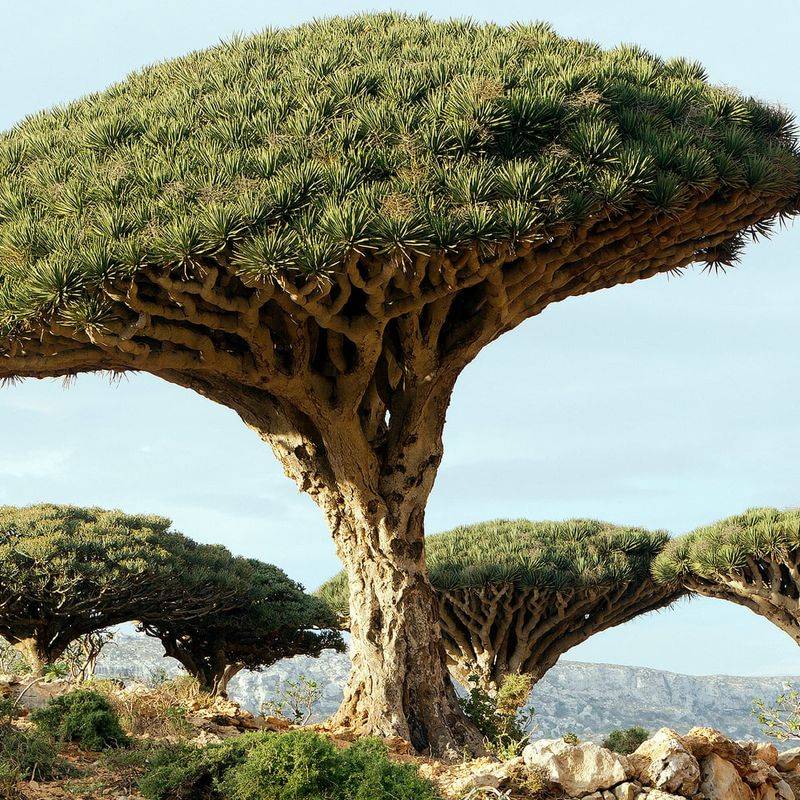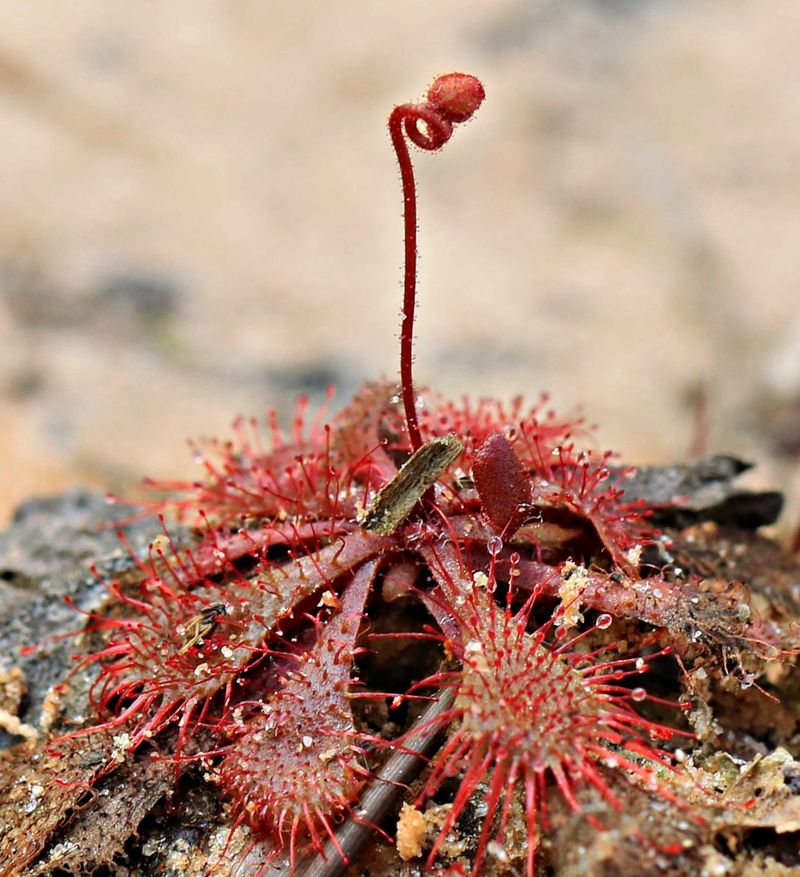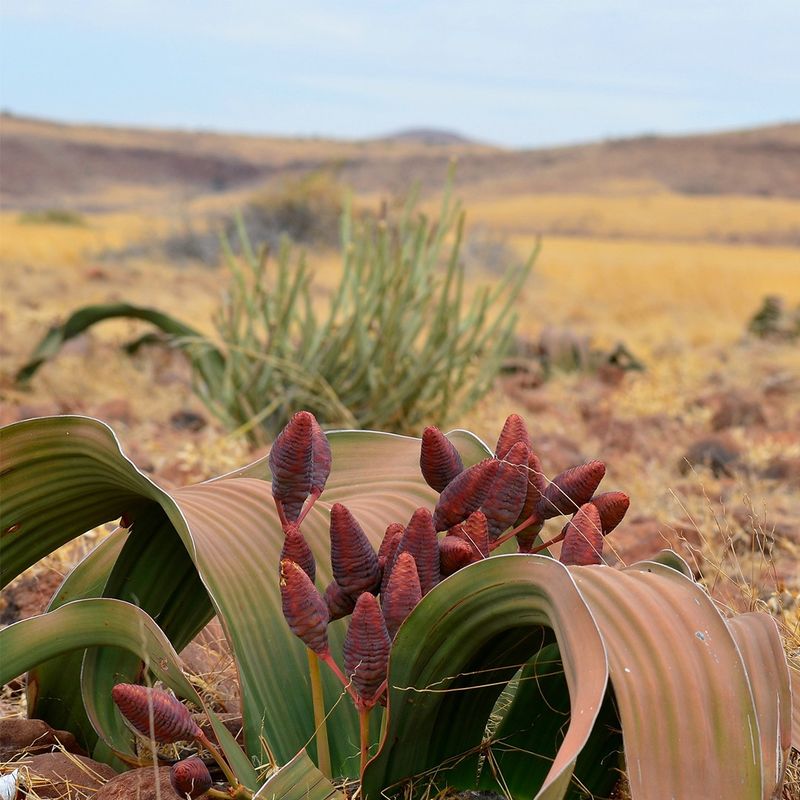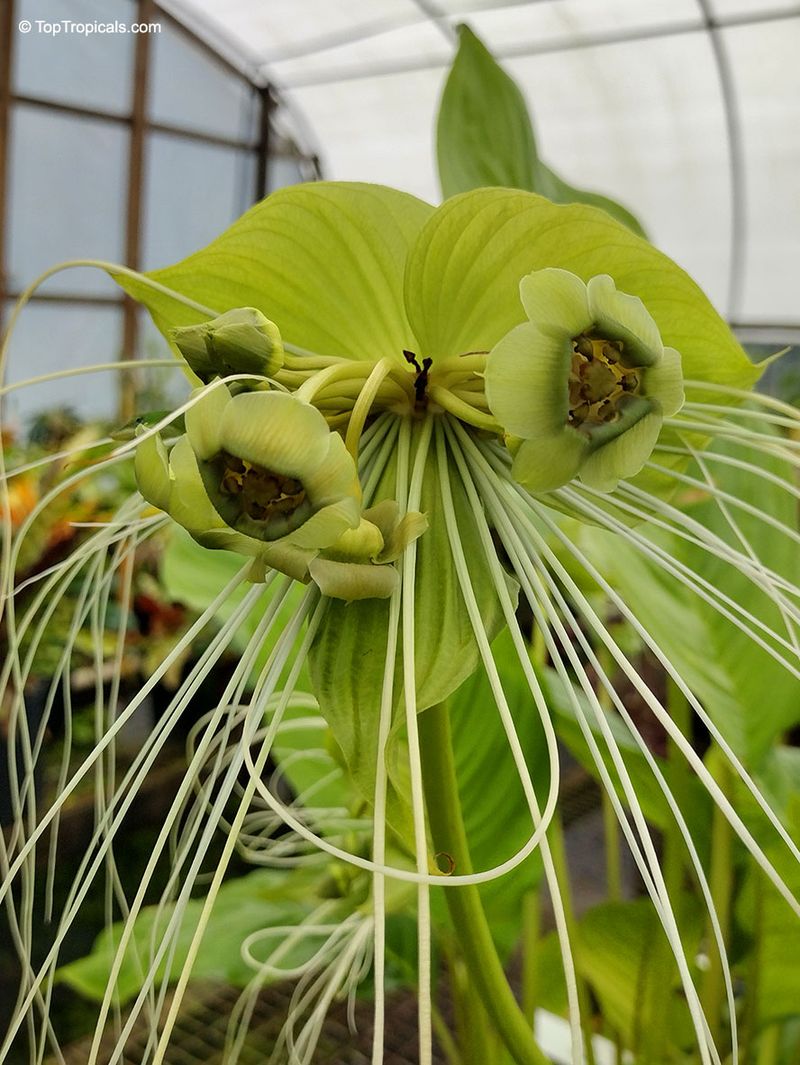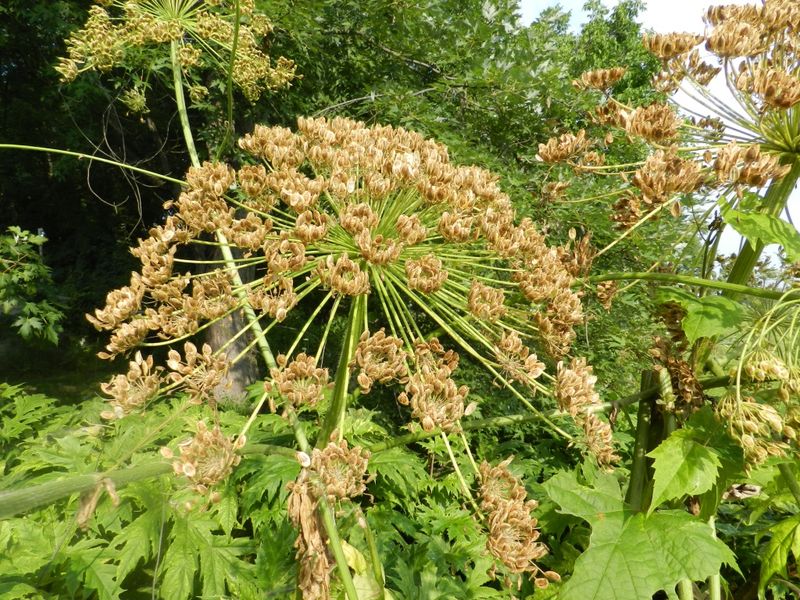Plants are like nature’s little enigmas, each with quirks that make you question reality. I remember the first time I saw a Venus flytrap snap shut. It felt like something out of a sci-fi movie!
There are plants out there that move when you least expect it, bloom only once in a lifetime, or grow in ways that defy all logic. These strange beauties are both fascinating and a little spooky.
Join me as we explore plants that’ll have you questioning whether you’ve stumbled into a magical forest or just a very odd backyard. Ready for the adventure?
1. Snake Plant (Sansevieria trifasciata)
The upright spikes of this plant don’t just sit there looking classy. Known as Sansevieria trifasciata, its architectural leaves have a cool vertical pattern that’s both chic and mysterious.
Snake plants are not just trendy decor; they also have this wild ability to survive with minimal care. Plus, they purify the air like a charm.
It’s almost like they thrive on neglect, which, let’s be honest, makes them perfect for the forgetful gardener. They’re resilient survivors and unexpected allies in home wellness.
2. Corpse Flower (Amorphophallus titanum)
Prepare to be astounded by this massive bloom. Amorphophallus titanum, or the Corpse Flower, unveils a spectacle that’s equal parts fascinating and gross.
Its aroma, reminiscent of rotting flesh, is nature’s way to attract pollinators like flies. This gigantic flower blooms infrequently, making it a botanical celebrity when it does.
Its sheer size and unusual odor are legendary, drawing crowds eager to witness its rare, albeit pungent, display. It’s nature’s own quirky twist on beauty and beastliness in one.
3. Dancing Plant (Desmodium gyrans)
This plant grooves like no other. Known as Desmodium gyrans, the Dancing Plant shakes its leaves to its own rhythm. It’s not just a static piece of flora, this one’s got moves!
Under the right conditions, like bright light and warmth, it’ll perform its dance for you, which is quite a sight.
This botanical dancer reminds us that plants can surprise us with their cool kinetic displays, challenging what we think we know about plant behavior and movement.
4. Sensitive Plant (Mimosa pudica)
Touch this plant, and you’ll see a reaction that’s nothing short of magical. Mimosa pudica, the Sensitive Plant, folds its leaves shyly when disturbed.
This isn’t just a parlor trick. It’s a defense mechanism. The plant’s rapid response to touch is both entertaining and a marvel of nature’s design.
Watching it in action feels like a live demonstration of plant consciousness, which is as fun as it is mystifying, making it a favorite among curious onlookers.
5. Witches’ Broom (Cytospora spp.)
A tangled mass of twigs that’s both eerie and intriguing. Witches’ Broom, caused by Cytospora spp., is a mysterious growth that can appear on various trees.
These distorted clusters resemble a witch’s broom, hence the name. It’s not a plant per se but a fascinating growth pattern. The causes are varied, from fungi to genetic abnormalities.
This oddity adds a spookily enchantment to any woodland, reminding us of nature’s unpredictable artistry and the strange beauty of its imperfections.
6. Ghost Orchid (Dendrophylax lindenii)
This plant is a phantom beauty in the orchid world. Dendrophylax lindenii, the Ghost Orchid, is elusive and leafless, thriving in the humid swamps of Florida.
Its ethereal blooms appear to float in mid-air, giving it an otherworldly allure. This orchid’s specific habitat needs and reliance on precise pollinators make it a rare sight.
It’s nature’s reminder of the delicate balance in ecosystems and the surprising elegance found in nature’s quieter, hidden corners.
7. Japanese Knotweed (Fallopia japonica)
This plant’s vigor is both impressive and alarming. Fallopia japonica, or Japanese Knotweed, is notorious for its rampant growth. It spreads with such ferocity that it can damage buildings and roads.
Its hollow stems and foliage belie its invasive nature. This plant is a testament to nature’s resilience and the unintended consequences of human actions.
While its growth can be problematic, it also showcases the tenacity of life, adapting and thriving even in urban settings.
8. Venus Flytrap (Dionaea muscipula)
A plant with a bite! Dionaea muscipula, the Venus Flytrap, lures insects with its nectar before snapping shut. This carnivorous plant captivates with its fast-acting trap, a marvel of evolutionary innovation.
Its hinged leaves, resembling jaws, close rapidly upon stimulation. This cool mechanism is not just for show. It’s a survival tactic.
Venus Flytraps offer a glimpse into the adaptive strategies of plants, blending beauty with macabre in their quest for nutrients.
9. Spiny Lobster Cactus (Echinocereus poselgeri)
This cactus stands out with its unique form. Echinocereus poselgeri, known as the Spiny Lobster Cactus, has elongated, cylindrical stems that reach out like spiny arms.
Its striking appearance isn’t just for show; the spines offer protection from predators and help with water retention. In the harsh desert environment, this cactus has adapted to survive with minimal resources.
It’s a testament to the weird and wonderful shapes plants can take in response to their environment.
10. Ball Cactus (Mammillaria spp.)
Round and prickly, this cactus has a charm all its own. Mammillaria spp., or the Ball Cactus, forms neat, compact spheres adorned with tiny spines.
Its tidy shape is both appealing and practical, minimizing water loss in arid conditions. The bright flowers that bloom from this spiky ball add a splash of color to the desert.
It’s a cool example of form meeting function in the plant world, where survival and beauty go hand in hand.
11. Walking Palm (Socratea exorrhiza)
Ever seen a tree that walks? Socratea exorrhiza, the Walking Palm, has roots that seem to move over time. These stilt roots are thought to help the tree ‘walk’ to sunlight by growing towards it.
It’s an astonishing adaptation in the dense rainforest. This ability to seemingly relocate makes it a subject of curiosity and debate among botanists.
The Walking Palm challenges our perception of what trees can do, adding a playful twist to forest dynamics.
12. Devil’s Claw (Proboscidea louisianica)
This plant’s seed pods look like something out of a horror movie. Proboscidea louisianica, or Devil’s Claw, sports fruit with curved hooks.
These claws latch onto passing animals, ensuring seed dispersal over large distances. Despite its menacing appearance, this plant has a clever way of hitching a ride for its seeds.
It’s a neat example of how plants can evolve bizarre structures to solve the problem of spreading their progeny, blending spooky looks with botanical ingenuity.
13. Rafflesia (Rafflesia arnoldii)
This plant boasts the largest bloom in the world. Rafflesia arnoldii, known simply as Rafflesia, produces flowers that can reach over a meter in diameter.
Its parasitic nature means it has no leaves, stems, or roots of its own, relying entirely on its host. When in bloom, it emits a strong odor of decay, attracting carrion flies.
This peculiar strategy highlights the diverse survival tactics in the plant kingdom, making Rafflesia a wonder and a curiosity.
14. Creeping Jenny (Lysimachia nummularia)
Creeping Jenny knows how to make an entrance! Lysimachia nummularia is a ground-hugging plant, spreading its round leaves and fancy blooms.
This plant’s prostrate habit allows it to cover ground quickly, suppressing weeds and filling in gaps.
Its resilience and spreading nature make it a favorite for gardeners looking to add a carpet of green to their landscapes. It’s a testament to how plants can be both functional and attractive.
15. Aloe Vera (Aloe barbadensis miller)
This plant is the superstar of home remedies. Aloe barbadensis miller, commonly known as Aloe Vera, is famous for its soothing gel.
Its thick, juicy leaves store water, allowing it to survive in dry conditions. Beyond its medicinal uses, Aloe Vera adds personality to any space.
With minimal care required, it’s a plant that’s both practical and pleasing, offering a natural first-aid kit in a pot. It’s as much a healer as it is a decorative piece.
16. Dragon’s Blood Tree (Dracaena cinnabari)
This tree looks like it belongs on another planet. Dracaena cinnabari, the Dragon’s Blood Tree, has an umbrella-like crown with thick branches that defy gravity.
Its name comes from the red sap it exudes, known as ‘dragon’s blood,’ used in traditional medicine and dye. This extraordinary tree is native to the remote Socotra archipelago, adding to its mystical aura.
Its unique shape and historical significance make it a botanical icon, showcasing nature’s ability to surprise and mystify.
17. Sundew (Drosera spp.)
Glistening with sticky droplets, this plant is a captivating predator. Drosera, or Sundews, lure insects with their dew-like secretions.
Upon contact, the prey is ensnared by the plant’s tentacle-like structures. It’s a fascinating strategy for nutrient acquisition, allowing Sundews to thrive in nutrient-poor environments.
This plant’s captivating beauty is matched by its cleverness, reminding us of the diverse tactics plants have evolved to survive and flourish in challenging conditions.
18. Welwitschia (Welwitschia mirabilis)
Defying the norms of plant growth, Welwitschia mirabilis is an oddity. With just two leaves that continue to grow over centuries, it’s a living relic of botanical history.
Native to the Namib Desert, this plant endures harsh conditions with minimal resources. Its longevity and unique growth pattern make it a symbol of resilience.
Welwitschia’s ability to persist in such a stark environment serves as a reminder of the tenacity of life and the mysteries still present in nature.
19. Tacca Palm (Tacca palmata)
This plant’s goth-like appearance is hard to ignore. Tacca palmata sports large, dark leaves and bat-shaped flowers that are both eerie and intriguing.
Its unique appearance isn’t just for show. The flower structure aids in pollination by attracting specific insects. This plant exemplifies how form and function can intertwine in unexpected ways.
Its dramatic looks and ecological role highlight the surprising diversity of plant adaptations in tropical environments.
20. Giant Hogweed (Heracleum mantegazzianum)
This plant demands attention with its towering height. Heracleum mantegazzianum, or Giant Hogweed, reaches impressive sizes, with its large flower clusters creating a striking silhouette.
However, it’s not just its size that’s notable. Its sap can cause skin irritation. This giant is both a marvel and a hazard, illustrating the double-edged nature of some botanical giants.
Its presence in the landscape is as much a reminder of nature’s grandeur as it is of the care needed when interacting with the unknown.


